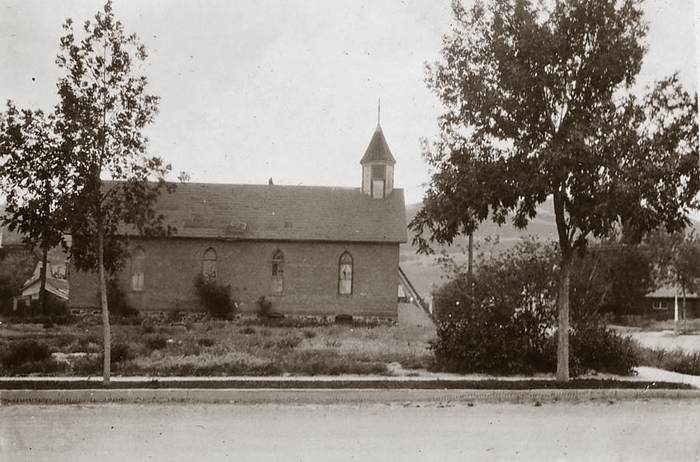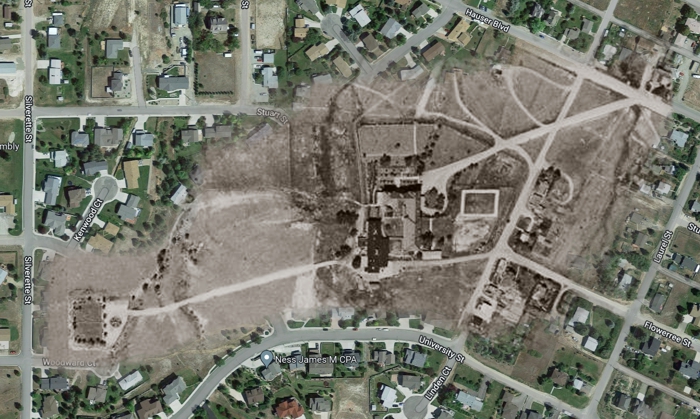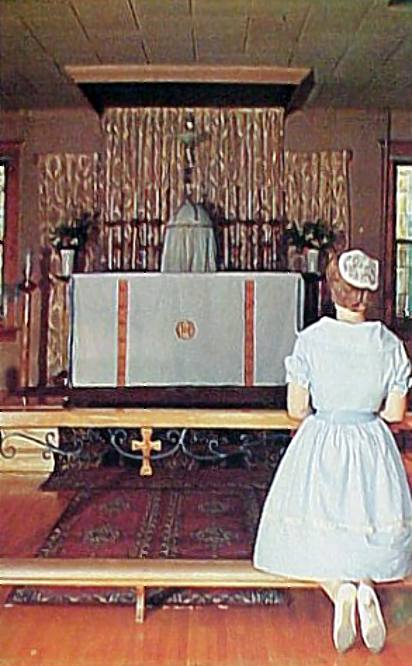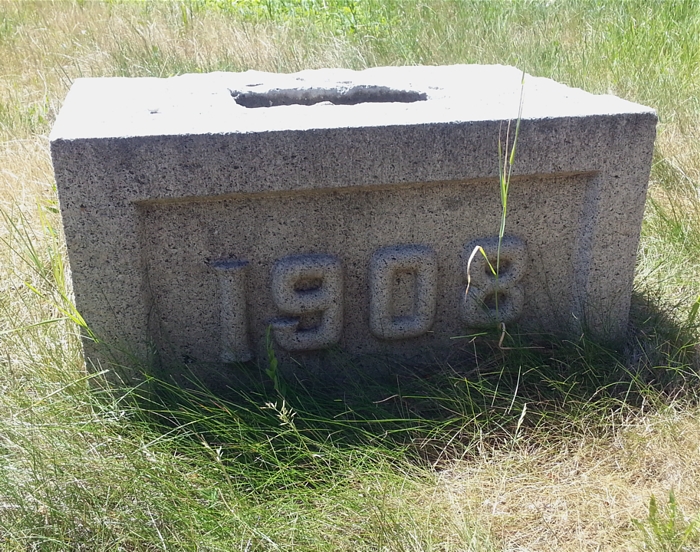| House of
the Good Shepherd, was a Catholic home for troubled girls.
In 1889,
a group of nuns of the Convent of the Good Shepherd came to
Helena from St. Paul, Minnesota, in answer to an appeal made
by the Most. Rev. John B. Brondel, first bishop of Helena.
The five nuns brought with them one girl, Veronica, who was
to be the first to find shelter and guidance at the Home of
the Good Shepherd. Establishing themselves in four buildings
at Ninth and Hoback, the sisters began their work.
As the
years passed, the original quarters became too crowded for
the increasing number of residents. In 1907, a 10-acre tract
of land between LeGrand Cannon and Hauser Boulevard was purchased
by the home and excavation began in October of that year.
This from the Montana
History Wiki about the first location, at Ninth and Hoback:
"House
of the Good Shepherd Historic District
On a cold day in February, 1889, a small colony of Sisters
of the Good Shepherd arrived in Helena from St. Paul, Minnesota.
They came, at the invitation of Bishop John B. Brondel, to
establish a safe, non-denominational haven for troubled girls
and young women.
Five nuns and a young girl named Veronica, their first charge,
settled into the Second Empire style convent at the corner
of Hoback and Ninth. St. Helena’s Catholic Church across
Hoback Street was built soon after and construction of the
frame dormitory followed in 1890. The sisters’ Gothic
Revival style chapel was built to adjoin the convent in 1895.
Four separate two-story additions enlarged the dormitory which
also served as a school. By 1900, nine sisters cared for 27
residents between the ages of 8 and 36. In the dormitory basement,
a state-of-the-art commercial laundry, added in 1904, provided
job training and income for the home.
The sisters moved to a larger facility on the west edge of
town in 1909. Their convent here was divided into apartments
and the dormitory became a furniture warehouse. When the west
side home closed in 1967, the sisters had cared for more than
2,700 girls and young women during their 78 years in Helena.
In 1990, a new owner painstakingly rehabilitated the Hoback
Street dormitory and converted it to an artist’s studio.
Today only the church retains its original purpose, but the
historic appearance of this landmark complex is little changed."
|










